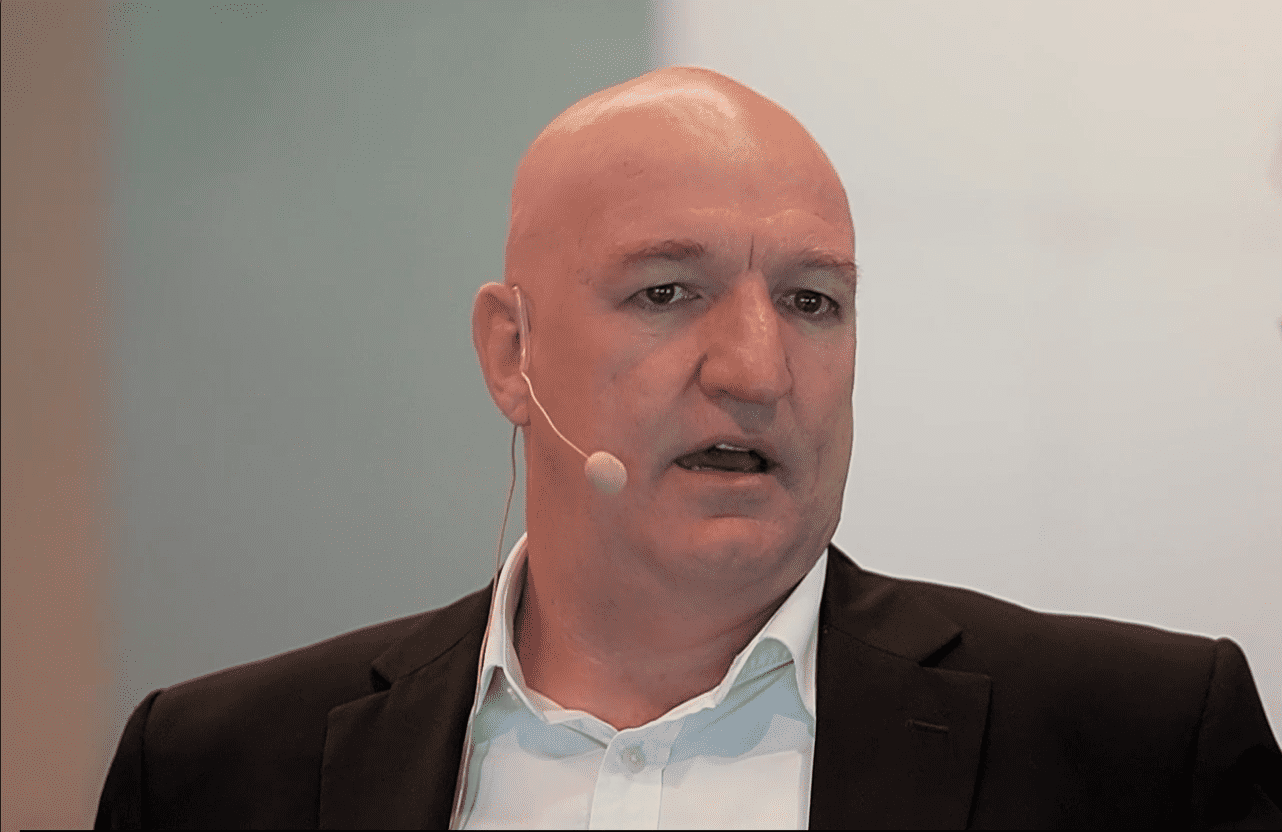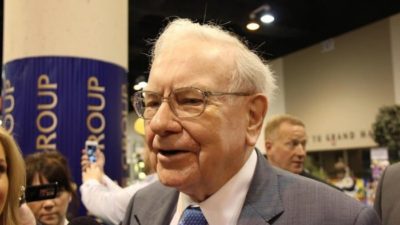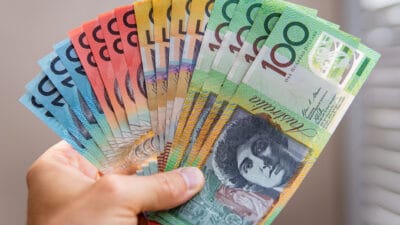If you've ever dreamed of earning a steady stream of income without clocking in, investing in ASX shares could be just the ticket.
Thanks to the power of compounding and consistent reinvestment, even a modest strategy can snowball into a reliable passive income stream over time.
So how do you get to $500 a month—or $6,000 a year—of passive income using ASX shares? Let's break it down.
The simple maths: A 5% dividend yield
The good news is that Australian shares are among the most generous in the world when it comes to dividends—especially with the bonus of franking credits for eligible investors.
If your goal is $6,000 in annual passive income and you're aiming for a 5% dividend yield, you'll need $120,000 invested in dividend-paying shares or ETFs:
Unfortunately, very few people have that sort of money at hand. So, if you're not there yet, don't worry.
Starting with zero
Let's assume you're starting from scratch. If you consistently invest $750 a month into a diversified basket of quality ASX dividend shares or ETFs, and achieve an average annual return of 10% (which includes capital growth and dividends), your portfolio could grow to $120,000 in around 8.5 years.
It is important to note that while 10% is a realistic long-term target based on historical ASX performance, returns are never guaranteed, and markets do fluctuate.
Which ASX shares or ETFs could help you get there?
To reach your goal, the focus should be on reliable dividend payers with sustainable business models, positive growth outlooks, and a history of rewarding shareholders.
One example is Telstra Group Ltd (ASX: TLS), which is a consistent dividend payer in the telco sector, with a strong market position.
There's also Macquarie Group Ltd (ASX: MQG), which is a blue-chip investment bank known for robust capital returns and dividend growth.
And then there's GQG Partners Inc (ASX: GQG), which is a fund manager offering a high dividend yield and exposure to global equities.
If you'd rather go down the ETF route, you could consider the Vanguard Australian Shares High Yield ETF (ASX: VHY). It provides exposure to a diversified portfolio of high-yield Australian companies.
Alternatively, there is the Vanguard Australian Shares Index ETF (ASX: VAS), which gives you exposure to the top 300 shares on the ASX. Many of which are dividend payers.
These options offer exposure to strong income streams without the need to handpick individual shares.
The passive income payoff
Once your portfolio hits the $120,000 mark, a 5% yield could give you $6,000 annually, or the equivalent of $500 a month, in passive income.
And here's the good news—if you don't touch the principal and let it grow, your dividends could increase over time. That's the power of compounding.
Foolish takeaway
Building a $500 monthly income stream from ASX shares is achievable, whether you're starting with $120,000 today or building your way up over the next few years.
With consistency, patience, and the right investments, your passive income goals can become a reality. Start small, stay disciplined, and let time and quality do the heavy lifting.









